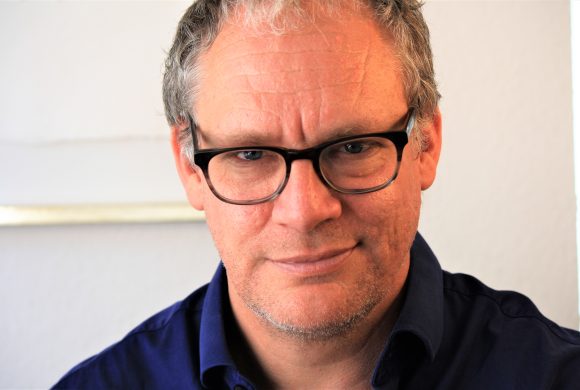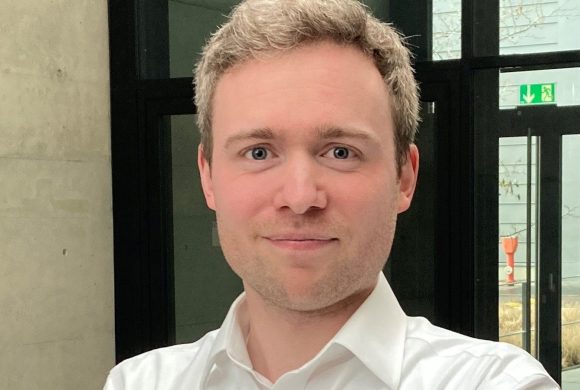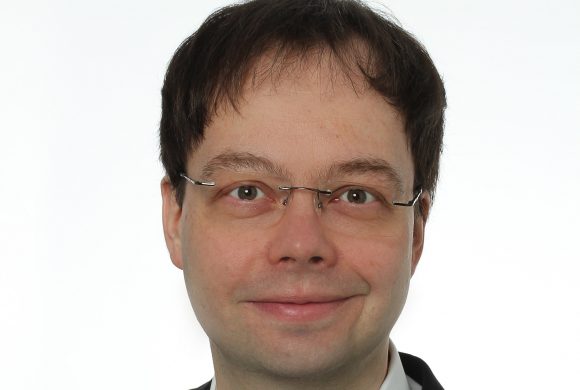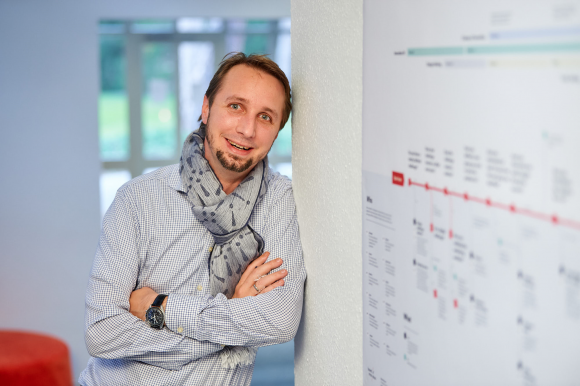The race for the optimal quantum hardware is wide open
In developing powerful quantum computers, researchers around the world are testing a wide range of possible hardware concepts. These are based on various physical systems, such as superconductors, ion traps, neutral atoms, photons, or spins in semiconductors.
Which technology will prevail remains to be seen. Especially in the current early phase of the quantum era, different types of hardware may be more or less suitable for solving specific problem classes. Companies that want to use quantum computing should be able to assess these differences. For them, the following questions are paramount: When will quantum computers be able to execute economically relevant applications faster than classical computers? What applications will these be? And which hardware is best suited for specific use cases?
What we do
Our Quantum Systems working group investigates these hardware variants from a clear end-user perspective. We focus on individual technological approaches and examine how their properties affect the effectiveness of various algorithms. We focus on physical qubit architectures and their influence on parameters such as qubit stability, the reliability of computing operations, and computing speed. In this way, we show how the respective hardware influences the time required to solve tasks and the quality of the results, and how likely it is that it will be possible to perform fault-tolerant quantum computations with it in the future.














